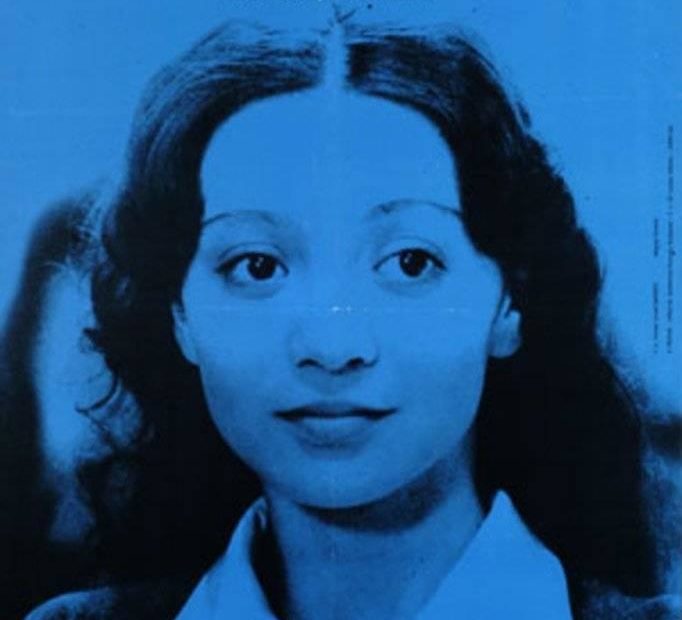Pál Gábor is hardly a household name today and is primarily known for one work, Angi Vera, from 1979. The title is simply the main character’s name since family names are written first in Hungarian. In Sweden, the title was deemed too vague. Thus, the film was renamed Vera och Stalin. This clumsy and obvious title still helps to set the time of the story. In 1948, 18-year-old Vera works as an assistant nurse, and one day she speaks out about the horrendous working conditions which endanger her patients. As a result, she is sent to a political training camp to learn the proper ways to behave.
The rest of the film will follow the political training that takes place over six months. The atmosphere is tense. Everyone keeps an eye on each other, especially the older, jaded ones. During a shower scene, one of the older participants scolds some younger girls for being proud of their bodies. They laugh it off, but soon, nothing occurring during training will be a reason to laugh or even smile. A man who leaves the camp will have to give a speech in which he regrets his actions. Those confessions are a pivotal part of the whole exercise. When Vera falls in love with one of her married teachers, the feeling is that it can’t possibly end well.

Practically, the entire film is set at the camp. A watchtower makes the term even more valid. Made around the same time as András Kovacs’s The Stud Farm (A ménesgazda 1978) with a similar topic, these two films would pave the way for a number of films made in the eighties that analyzed the political shenanigans of the Stalin years. An earlier example is last week’s Hungarian Thursday film, Twenty Hours (Húsz òra 1965). The schemes and intrigues follow their own interior logic, and learning to play the game is integral to political survival. Some participants try to do good, but the most successful ones are the ones who know how to merely put up an appearance of being good.
Angi Vera – Victim or perpetrator?
Angi Vera is based on a novel by Endre Vészi, who co-wrote the script with the director. The film is a perfect amalgam of a strong, incisive scenario brought to life by the cinematographical expertise of Lájos Koltai and an ideal cast. In many ways, the film is classical in its style, which, in this context, shouldn’t be seen as anything negative. Koltai, who would go on to shoot István Szabo’s Brandauer trilogy, including the Oscar-winner Mephisto (1981), creates an icy vision of the communist world through the Eastmancolor images. Partly in the way he frames the characters in their surroundings but above all in their relationship with each other in the constant power struggle that is going on.

Framing is the operative word here since everybody seems to try to frame each other for small or big sins alike. The word sin is not a word chosen by accident either. First of all, it is literally used during the confessions, and there are many religious overtones in the activities. The similarity between communism and catholicism is not a revolutionary thought, with both having three stages where one ends up with paradise in heaven and the other on earth. There have been comparisons made with other films that expose communist hypocrisy, like The Marble Man (Czlowiek z marmuru 1977).
However, the most chilling aspect of the film drills deeper than that. Watching it today, it could refer to many contexts, whether it is politics, feminism, misgenderism, or any situation when someone is deemed to have chosen the “wrong” word or expression and then publicly is forced to repent from his/her sins, to keep the career alive. The jargon used by the teachers is recognisable from corporate clichés with lines like “If you don’t move forward, you’re going backwards”. That goes for any organisation, from corporate ones to supposedly well-meaning operations like Greenpeace or BLM. In that regard, the film is a reminder that human behaviour doesn’t change much over time.
In a solid cast, one still has to note Ver(onik)a Pap’s performance in the titular role. A weaker or less nuanced interpretation would have killed the film, but she is pitch-perfect in the part of a naive girl who is learning the ropes. The last sequence in the film might seem a bit on the nose, but once again, it works perfectly.
Angi Vera was recently restored, and now Lájos Koltai’s images can be seen as intended. Angi Vera is available at Eastern European movies and is a prime example of a classical film done right. It is like a Hollywood film but with sentimentality replaced by a clear vision.
